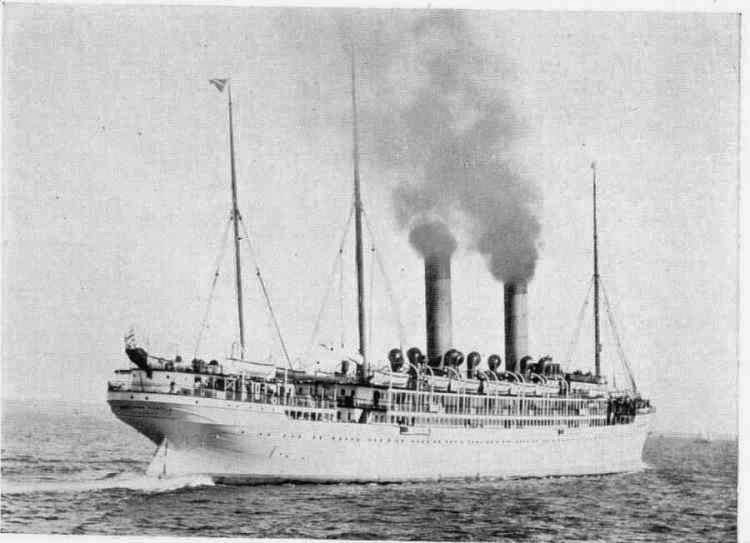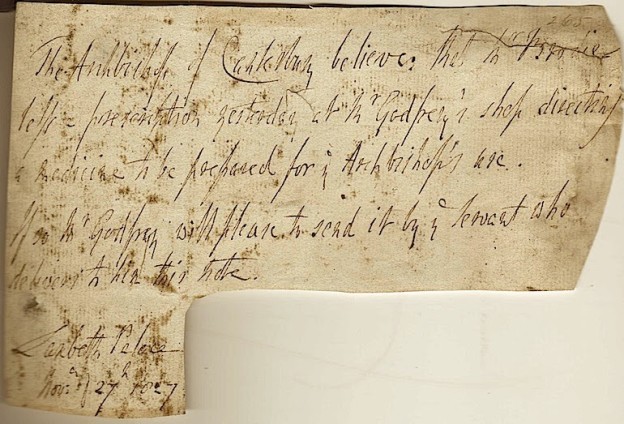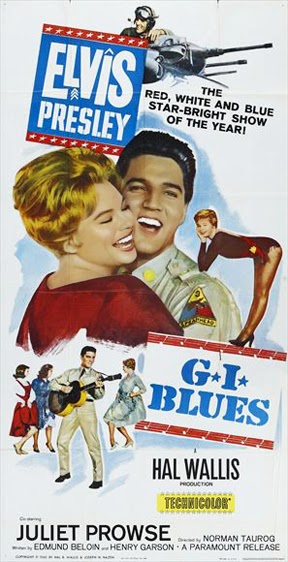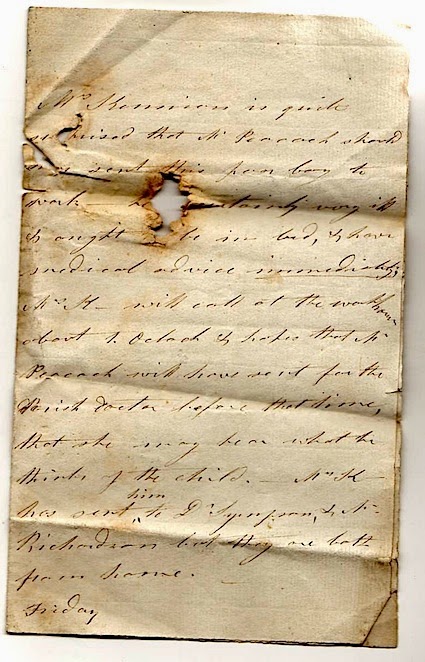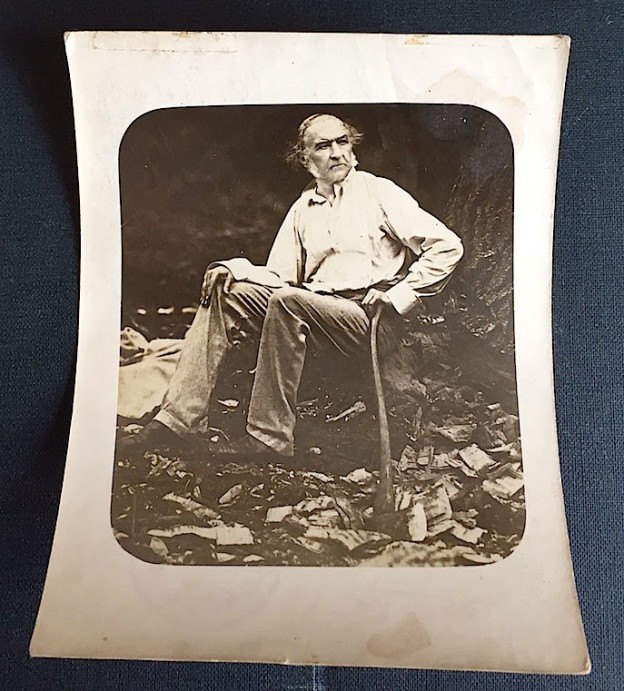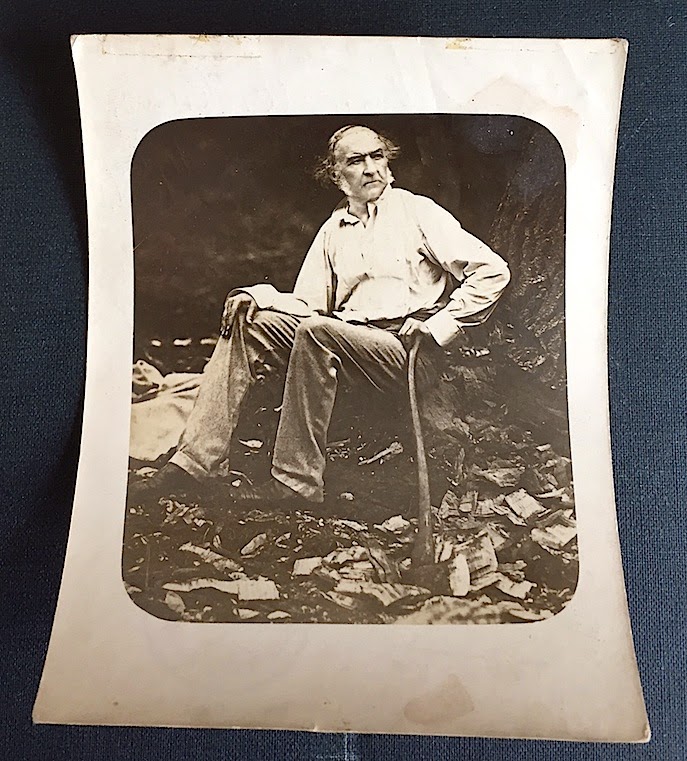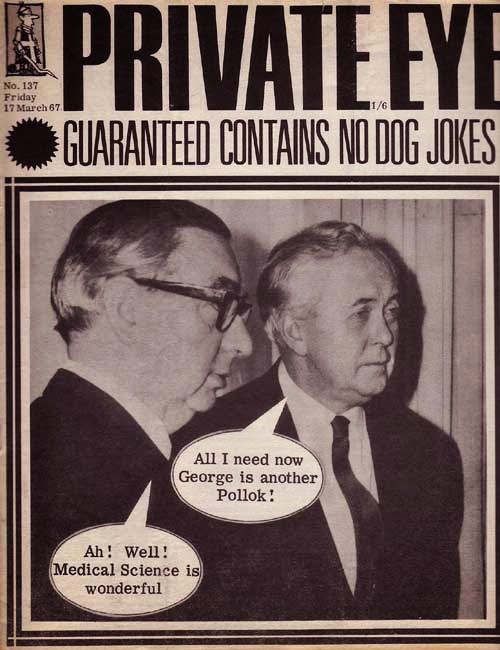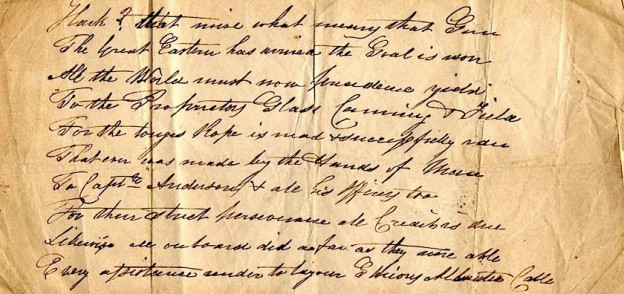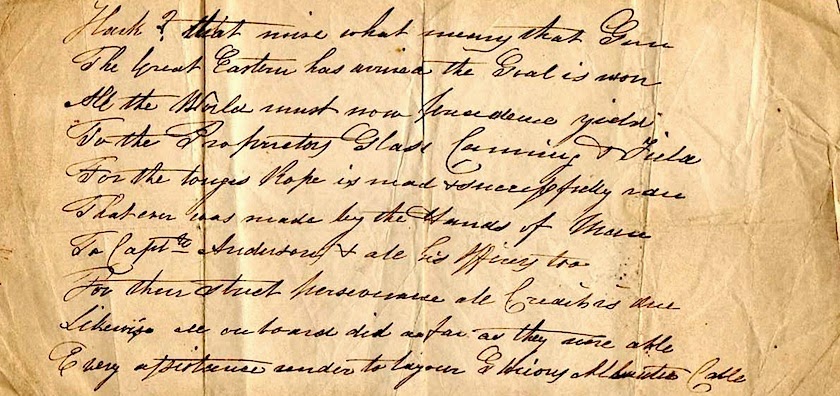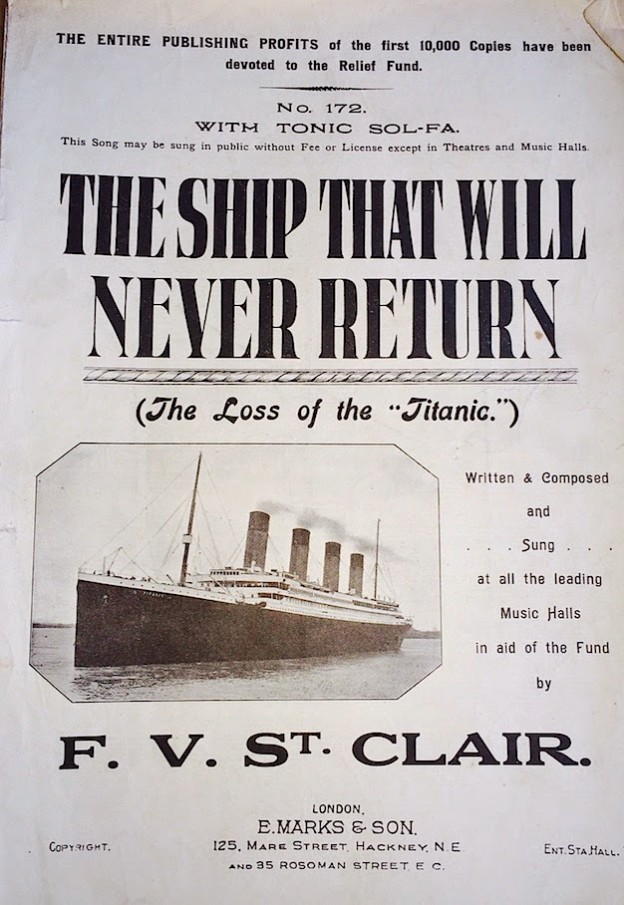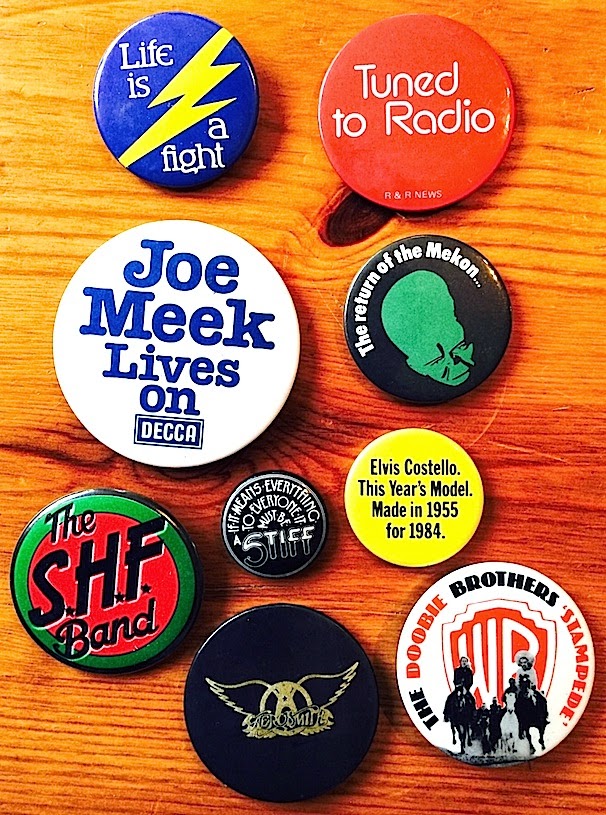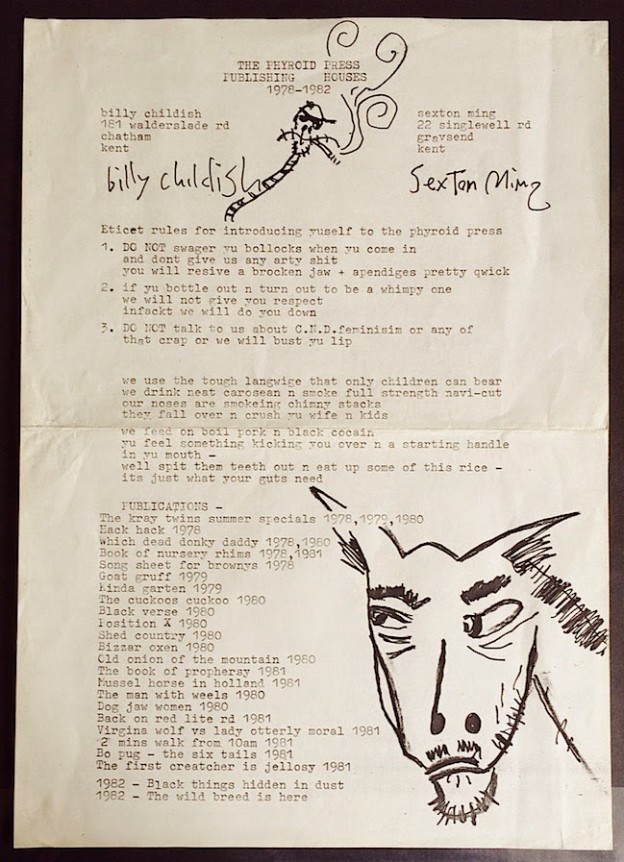A pamphlet found in a Fanfrolico Press book The Antichrist of Nietzsche illustrated by Australian artist Norman Lindsay. Printed about 1927 it is by his great champion P.R. Stephensen who was a friend of Lindsay's son Jack. Stephensen (1901-1965) was known as 'Inky' and was a curious figure, starter of many presses including Mandrake and something of a left wing firebrand who moved to the far right in his middle years. Here he is in his late twenties ranting in full épater le bourgeois mode:
Norman Lindsay Does Not CareAn Outburst
by
P. R. Stephensen
Fanfrolico Pamphlets No. I
Price One Farthing
Why should Norman Lindsay care if suburbia shudders with a horror which is really terror of his stark and ruthless presentation of the image of beauty? Nothing else could be expected, for at this level criticism remains atavistically moral, tribal; and any artist making a vital expression is likely to be regarded as a spawn of Satan, Antichrist, lewd and wicked, abhorrent to all Right-Thinking People. Norman Lindsay does not care how loudly the Good People howl for his suppression. But the Official Art Mob (or Mobs) also dislike him, with the intensity of a fascination which repels as it attracts. And as these quite sophisticated persons officially disown Suburbia, it is difficult for them to damn the man in Suburbia’s phrasing. Yet they must do something about it, because his work is by contrast a continual exposure of their own artistic ineptitude and moral vacuity. So they seek to explain him away, ostrich principle.
Continue reading




